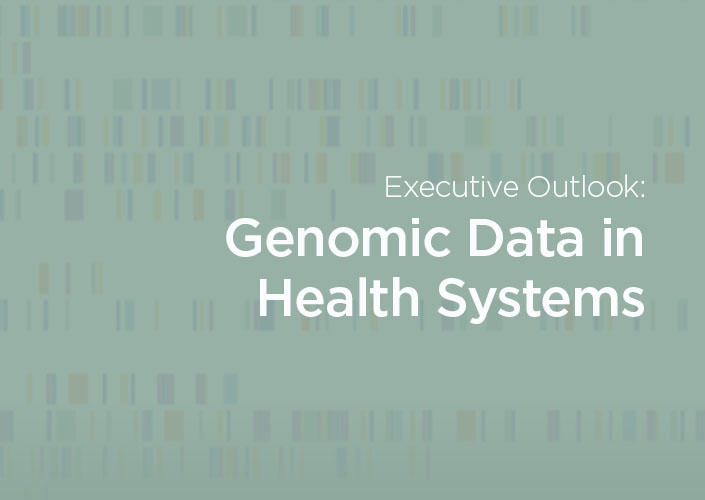As the health care system works toward the Triple Aim of lowering costs, boosting quality and improving patient satisfaction, many unseen but vital operational and financial functions must be improved.
New technologies are bringing greater efficiencies to health care infrastructure and operations, including bringing data analysis to hospital supply chains and using natural language processing to more accurately capture data from medical records.
Ultimately, improving operational and financial infrastructure and creating efficiencies in health care can lower costs for providers, payers and patients.
Financial
At the heart of providing greater value in health care is the need to make financial operations more efficient. A range of technologies are aiding health systems to achieve greater control over their finances:
- IDFS: An integrated delivery and finance system (IDFS) is a health care organization that offers a full spectrum of medical services and health plans to its patients. Integration and coordination of services and payments are a key feature of the IDFS model, which allow the health system to improve care and reduce costs.
[What digital health challenges of ‘Top of Mind’ for health system leaders?]
- Revenue Cycle Management: Revenue cycle management (RCM) is an essential function in the efficient management of health system finances. RCM must work well for providers, payers, government and consumer audiences all the while keeping pace with shifting payment models. In 2016, roughly one-quarter of health care payments stemmed from an alternative payment model, such as a value-based payment model. But providers expect half of their revenue to be from value-based contracts by 2018. Technology helps RCM solutions support multiple reimbursement channels and meet consumers where they are.
- Cost management: A value-based health care system requires focus on costs, which have been a challenge for many hospitals to track, manage and ultimately contain. There is often great variability in costs from one provider to another – creating the opportunity to improve efficiency. New software solutions are allowing health systems to better understand their costs, find unnecessary and wasteful variability, and capture savings.
[Are health care’s cloud security concerns grounded in reality?]
- Risk adjustment: Under the Medicare Advantage program, private health plans receive different payments from the Centers for Medicare & Medicaid Services based on the relative health of the patients they cover. Accurately capturing appropriate risk adjustment factors for patient populations is crucial to the financial operation of Medicare Advantage health plans. Cutting-edge technology companies are providing software tools that make the process of risk adjustment more accurate and efficient.
Operational
The processes involved with delivering care—from diagnosis to prescribing medication to ordering tests to invoicing and payment processing—fall within operations. As in other areas, new technologies are playing an important role in improving operations infrastructure and efficiencies. Examples include:
- Supply Chain Management: The supply chain is often a hospital or health system’s second-largest expense, behind only labor. A McKinsey study estimated making the health care supply chain more efficient could lead to $130 billion in savings. Harnessing data analytics and artificial intelligence is creating efficiencies in supply chain management.
- Natural Language Processing: Natural language processing (NLP) uses language and algorithms to derive meaning from data. Experts believe tools and software that leverage NLP, coupled with artificial intelligence, will lead to streamlined, intuitive workflows and powerful clinical decision support.
[What are the barriers preventing health systems from implementing predictive analytics?]
- Blockchain: Blockchain technology is thought to be useful in health care for managing health records and identity because the technology creates a transaction record that cannot be edited. Each chronological, time-stamped, connected ‘block’ links to the block that came before it. Blocks cannot be changed, deleted or modified.



